
The evidence is overwhelming. The UK convenience sector is booming, consumers are shopping ‘little and often’, and the number of convenience stores continues to grow at a rapid rate. Right?
Dig deeper, and a different story emerges. Some commentators insist the sector is flat, arguing that the multiples - who continue to open c-stores at a bewildering rate - are simply pinching convenience business from rivals. So how can there be such disagreement on a trend that has gained near universal acceptance? And what is the truth?
Download the Grocery Retail Structure as a PDF
The phrase ‘little and often’ was co-opted in 2009/2010 to explain changes in shopping behaviour in the wake of the economic downturn. With fuel prices sky-high and consumers reining in their budgets, shoppers were ditching their car and walking to their local store to top up on groceries - and they were aided and abetted by the supermarkets themselves, through the improved selections they delivered via their rapidly expanding c-store networks.
This trend is widely accepted. Earlier this month, for example, Sainsbury’s revealed its convenience business was growing at about 19%, opening 91 new c-stores in the year to 15 March 2014.
“Convenience is more a mindset than a strict definition of channel - certainly in the eyes of the shopper”
Phil Dorsett, Kantar Worldpanel
“As well as doing their main supermarket shop, our customers increasingly top up locally,” it wrote in its full-year results. “With fewer than one in 10 of the population living within a 15-minute walk of a Sainsbury’s Local, there is plenty of opportunity for us to grow.”
Tesco is equally gung-ho about convenience. The Grocery Retail Structure 2014, compiled by William Reed Business Media/IGD shows that between its Express stores and the One Stop format, it opened 217 c-stores last year. And in its annual results last month laid out plans to open a further 150 Express stores in the next 12 months.
Morrisons too is going hell for leather in convenience. After a late entrance, the GRS shows its c-store estate increased to 105 c-stores in the last year after opening an extra 91 M Locals, and last month it said it was on schedule to meet its target of 200 c-stores by the end of the year. Annualised sales from convenience are expected to reach about £350m by the end of 2014.
Nor is it just the major multiples who are basing their growth strategies on convenience. In January, McColl’s Retail Group wrote in its IPO prospectus: “The continuous growth of the convenience sector is driven by a number of factors, including consumers opting to make less frequent ‘big shops’ and more frequent ‘top-up’ shops in order to reduce food wastage and travel costs; the increasing number of single households in the UK; the growth in the female working population; and the growing incidence of collection and returns services for online purchases.”
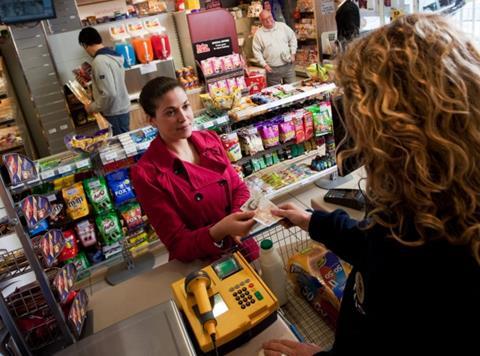
Estate increases
The GRS supports this investment case up to a point. It shows multiples collectively increased their estate by 13.6% to 3,771 stores over the past 12 months. That’s against growth of 2.8% for symbol operators, 1.6% for co-operative societies and a 1% decline for independent non-affiliated c-stores. It means the total convenience sector grew by just 1.8% to 42,161 stores last year. But is the overall trend exaggerated?
David Shukri, head of channel research at IGD thinks not, pointing to the 5.2% growth (to £37.4bn) in sales. “Store numbers are very slightly up and value figures are up more than that. And we are predicting that convenience will continue to grow faster than the total grocery market over the next 12 months.” In fact, the IGD estimates that convenience will be worth £49bn by 2019, growing at more than 30% over this period.
Data from Kantar Worldpanel suggests the historic picture, at least, is more nuanced. It found convenience has actually lost share in the past five years - down from 13.8% in August 2009 to 12.1% in August 2013. Though supermarket share also declined (from 66.7% to 65.9%), Kantar’s take home read found the true beneficiaries to have been discounters (up from 4.5% to 6.1%) and online (up from 3% to 4.7%).
“Six to 10-item shopping trips are becoming the new battleground in convenience”
Mike Watkins, Nielsen
“To a large degree the conventional wisdom has been fuelled by the likes of Tesco, Sainsbury’s and Waitrose investing heavily in new c-stores,” says Phil Dorsett, expert solution director at Kantar. “What is often forgotten is The Co-operative Group. Tesco Express and Sainsbury’s Local are largely mopping up that share loss, rather than capitalising on a large-scale shift in shopper behaviour.”
Kantar’s research even shows that the ‘little and often’ phenomenon identified by most commentators is a myth: “Over a five-year period frequency of trip has diverged a little but the picture was reversed in 2013.”
Recent results released by symbol operators also point to declining sales. Last week, Musgrave Group reported a 16% fall in pre-tax profits for the year to 31 December 2013 on the back of a disappointing performance in its GB operations, where sales fell 3%. And last month Booker revealed its sales to retailers fell 0.5% in the year to 28 March, versus a 7.1% increase in sales to caterers (even though its Premier fascia increased its store estate by 5.3% last year).
A look at the wider grocery market also shows traditional stores remain under the cosh. The number of CTNs continues to fall - down 2.3% to 3,104 stores this year as operators like McColl’s upgrade more stores to a full convenience offer. The terminal decline in the number of off-licences accelerated - down 10.5% to 3,175 stores.
Modern convenience store
Mike Watkins, head of retailer and business insight at Nielsen, believes that though the underlying trend of shoppers moving away from larger to smaller stores continues, the industry needs to look beyond its traditional view of convenience to see what’s really going on in the sector. It’s a trend he calls the “modern convenience store”, in which shoppers are buying increasingly more items when top-up shopping.
“Although grocery trips that involve buying one to five items account for 54% of visits, they’re becoming less popular at the expense of six to 10-item baskets, which now account for 20% of all trips - up 2.2% annually,” says Watkins. “It’s these six to 10-item shopping trips that are becoming the new battleground in convenience. Historically, traditional convenience stores were used for immediate or ‘distress’ purchasing. However, the huge investment by the major supermarkets has transformed this format. The likes of Tesco Express, Sainsbury’s Local and co-ops now offer a greater variety of food and drink, so basket sizes and spend per visit are increasing.”
Shukri says the IGD has seen growing numbers of “multichannel shoppers” - consumers who are using more than four grocery channels (such as hypermarkets, supermarkets, discounters and convenience).
“There is continuous growth in the convenience sector. Store numbers are up and value figures are up by more than that”
David Shukri, IGD
“They’re using different channels depending on what they want and when they want it,” he explains. “For the convenience retailer, it means they now have a much broader competitive set than they did 10 years ago. Shoppers want anything, anytime, anywhere, and c-stores that can tap into that mentality will find themselves in a good position. The legal definition of a c-store used in the industry for clarity and simplicity is 3,014 sq ft, but the shoppers go where they will be able to get what they want at that particular time. They are not discerning of size.”
Dorsett agrees top-up shops are not necessarily taking place in c-stores, especially as supermarkets are increasingly choosing to open smaller stores in high street locations rather than out of town.
“Convenience is more a mindset than a strict channel definition - certainly in the eyes of the shopper. We choose a store for a trip because the location is most convenient, not because the format of the store is most appropriate. Under half of a typical supermarket’s sales are from shoppers doing their ‘main shop’ - meaning over half the sales are coming from shoppers who see them as a convenient enough place to do a smaller, more specific trip,” says Dorsett.
Five New Formats
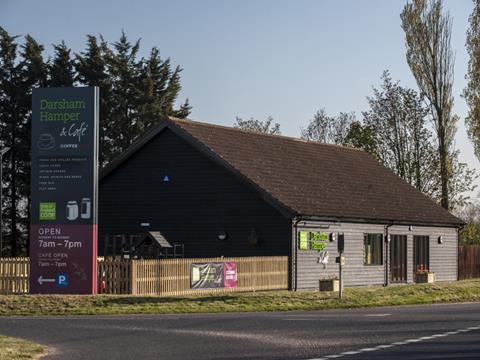
Farm shop
Retailer: East of England Co-operative Society
Launched: April 2014
East of England Co-op opened two new format stores in Suffolk last month following a boom in local produce sales. At least 40% of the products sold in its ‘village shop-style’ store, in Lavenham, are sourced from local suppliers, while 80% of products are local to its ‘farm shop’ style Darsham Hamper & Café. The Darsham store is also the flagship store for the society’s Sourced Locally scheme.

Forecourt
Retailer: Nisa
Launched: March 2014
Nisa has split its symbol estate into five new formats – neighbourhood, high street, small store (<1,000 sq ft), forecourt and supermarket – to recognise that shoppers in different locations demand different things from their local store. The high street and neighbourhood formats are already on trial in Cardiff and Peterborough respectively and are expected to be rolled out in July. The forecourt pilot has just launched in Cosham, Hampshire with turnover doubling in the first week of trading.
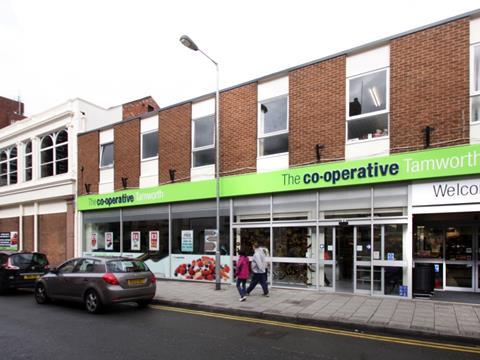
Generation two
Retailer: The Co-operative Group
Launched: January 2014
After piloting generation one stores with a greater focus on fresh produce last year, this year, The Co-op is piloting generation two stores. Throwing out the rulebook for convenience store layouts, The Co-op has concentrated on how shoppers shop the store, creating three zones – ‘food for now’ at the front, ‘food for tonight’ in the middle, and ‘food for later’ at the back. As many as 32 have opened so far, with a further 414 to be launched this year. Like-for-like sales are in double-digits at generation two stores, according to The Co-op.
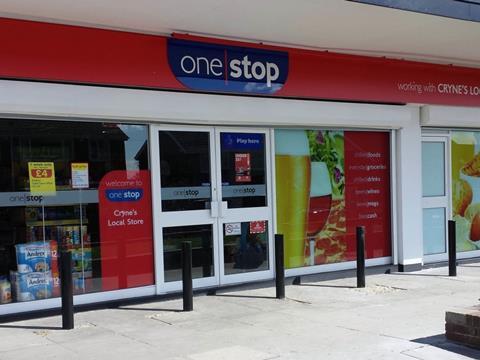
Franchise
Retailer: One Stop
Launched: January 2014
One Stop officially launched its franchise format in January following a six month pilot testing different formats. It now says its franchise network is in double figures with several other stores currently going through the transition process. Among those lured by the new fascia include high-profile indie Sunder Sandher, who had been a Londis retailer for 21 years before switching.
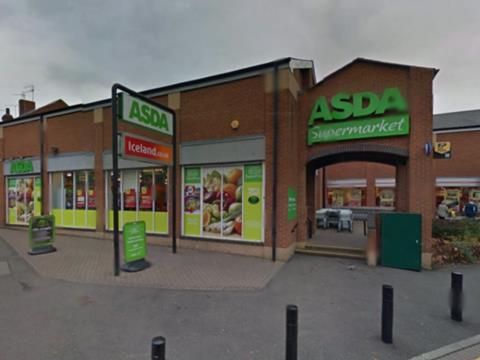
High street
Retailer: Asda
Launched: November 2013
Asda is trialling a high street format store in Sheffield. The store is a former Netto and has been operating as an Asda for some time, but in November last year the supermarket updated the 4,000 sq ft store with new additions including click & collect storage and collection points, and improved hot food to go and bakery sections. Asda CEO Andy Clarke revealed last week: “You will start to see smaller Asda supermarkets from 3,000 sq ft upwards on the high street and we are looking at getting one into central London.”
While this insight has driven some mults to look closely at food-to-go as a growth opportunity in larger stores, the direction of travel is clear. Earlier this month, in its full-year results, Sainsbury’s revealed it would reduce its capital spend on new supermarkets but continue to open about two new c-stores a week. Morrisons, meanwhile, said that beyond 2015/16 it would “only acquire new supermarket sites in exceptional circumstances”, but expected to open about 250,000 sq ft of convenience space a year.
The sweet spot in ‘convenience’ is increasingly stores over 3,000 sq ft. The Co-op, for example, wants to double its convenience estate by opening at least 150 stores a year - but it sees convenience as anything up to 10,000 sq ft. Sainsbury’s, meanwhile, says it has 611 c-stores - of which 609 are under 10,000 sq ft and two are between 10,000 sq ft and 20,000 sq ft.
The GRS backs this up. Morrisons, for example, increased the number of mid-sized stores (ie between 3,000 sq ft and 25,000 sq ft) by 8.7% last year to 250 stores, while Waitrose grew by 4.6% to 251 stores.
But it’s the discounters that are growing fastest in the 3,000 sq ft to 25,000 sq ft bracket, with Poundland, for example, up 20.9% to 520 stores, TJ Morris, which trades as Home Bargains, up 14.2% to 322 stores, and Aldi (up 8.6%) to 518 stores.
It’s further evidence that convenience is “in the eye of the beholder,” believes Kantar’s Dorsett.
“The growth of bargain stores and discounters shows many people are very aware of their budgets and are increasingly choosing environments in which they can control their spending,” he says. “Additionally, while some see online as a channel in which they can control their spending, it is also a convenient way of shopping.”
Shukri insists convenience is more than holding its own. “Convenience is in a sweet spot,” he says. “In value terms, it is growing at a faster rate. In percentage terms, online is growing faster, but from a much smaller base.”
Whether you’re in the ‘yes’ camp or the ‘no’ camp on the growth of the sector, it’s clear we all need to start looking beyond the definitions and artificial barriers that have been created to make convenience as convenient as possible for the modern-day shopper.
Download the Grocery Retail Structure as a PDF
Click tables to view in high resolution:
Downloads
GRS 2014 v2
PDF, Size 0.75 mb








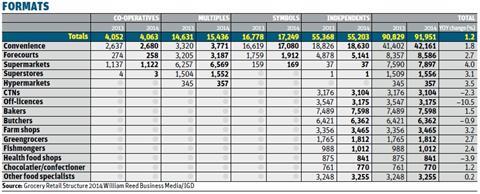



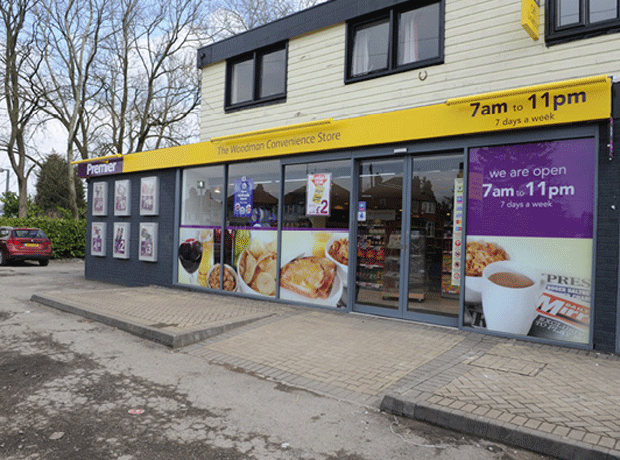

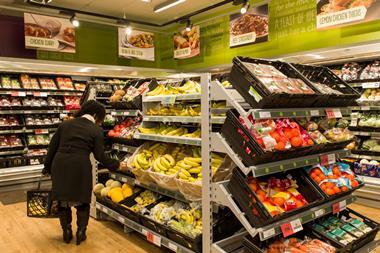



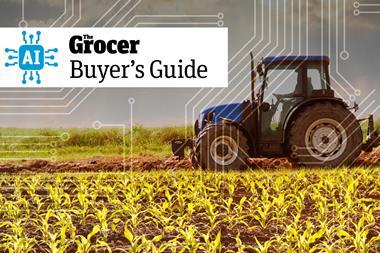


No comments yet